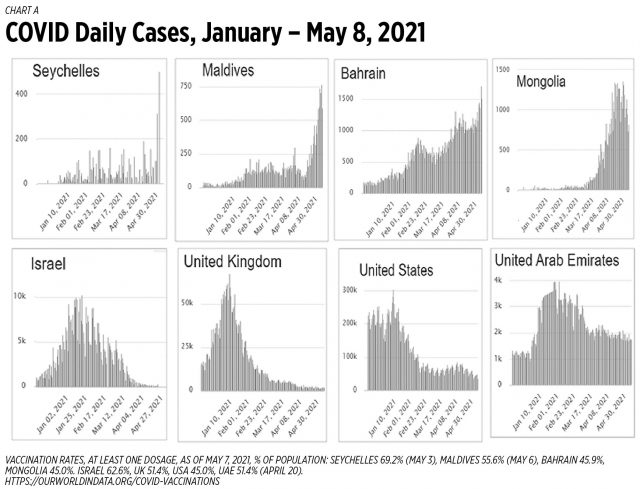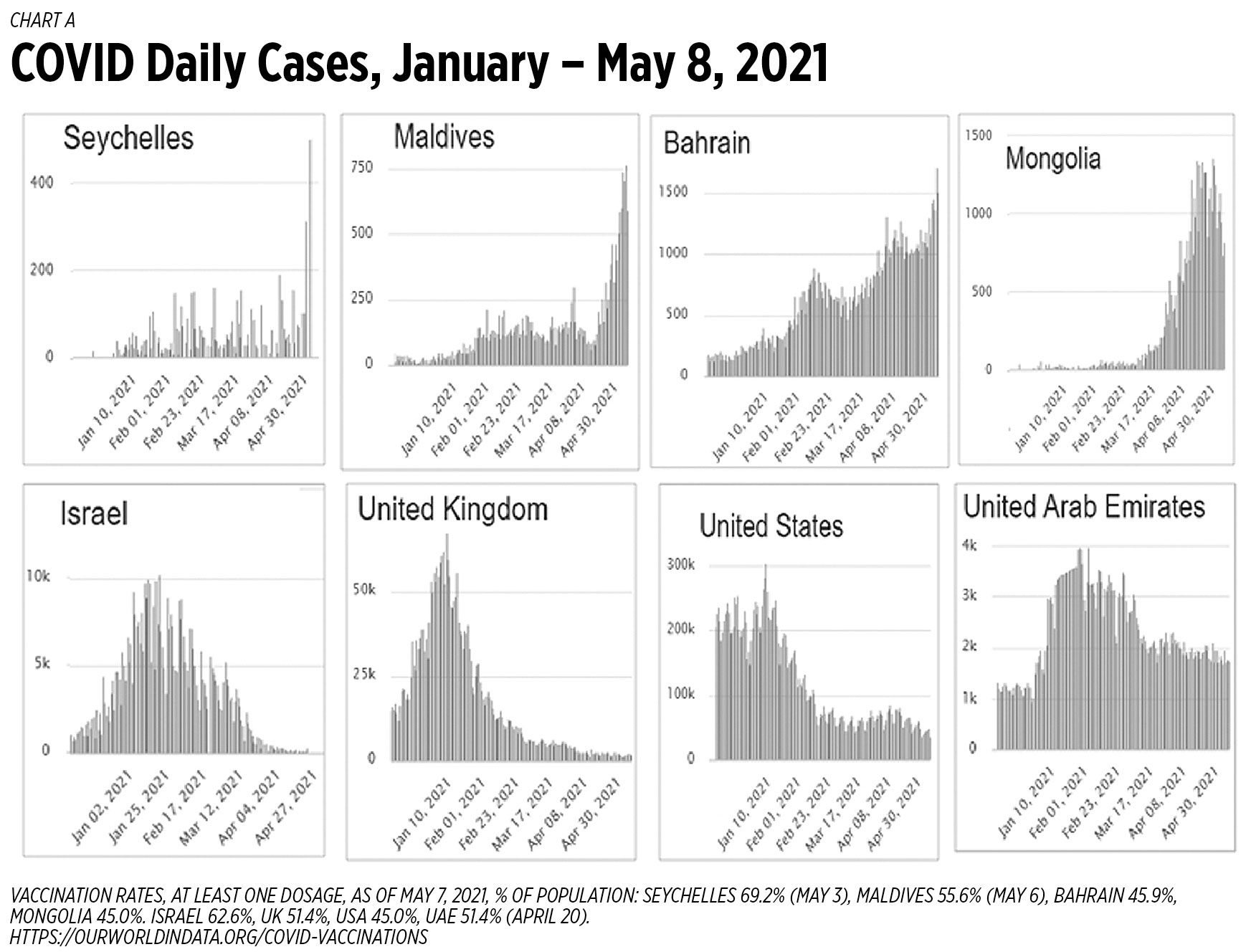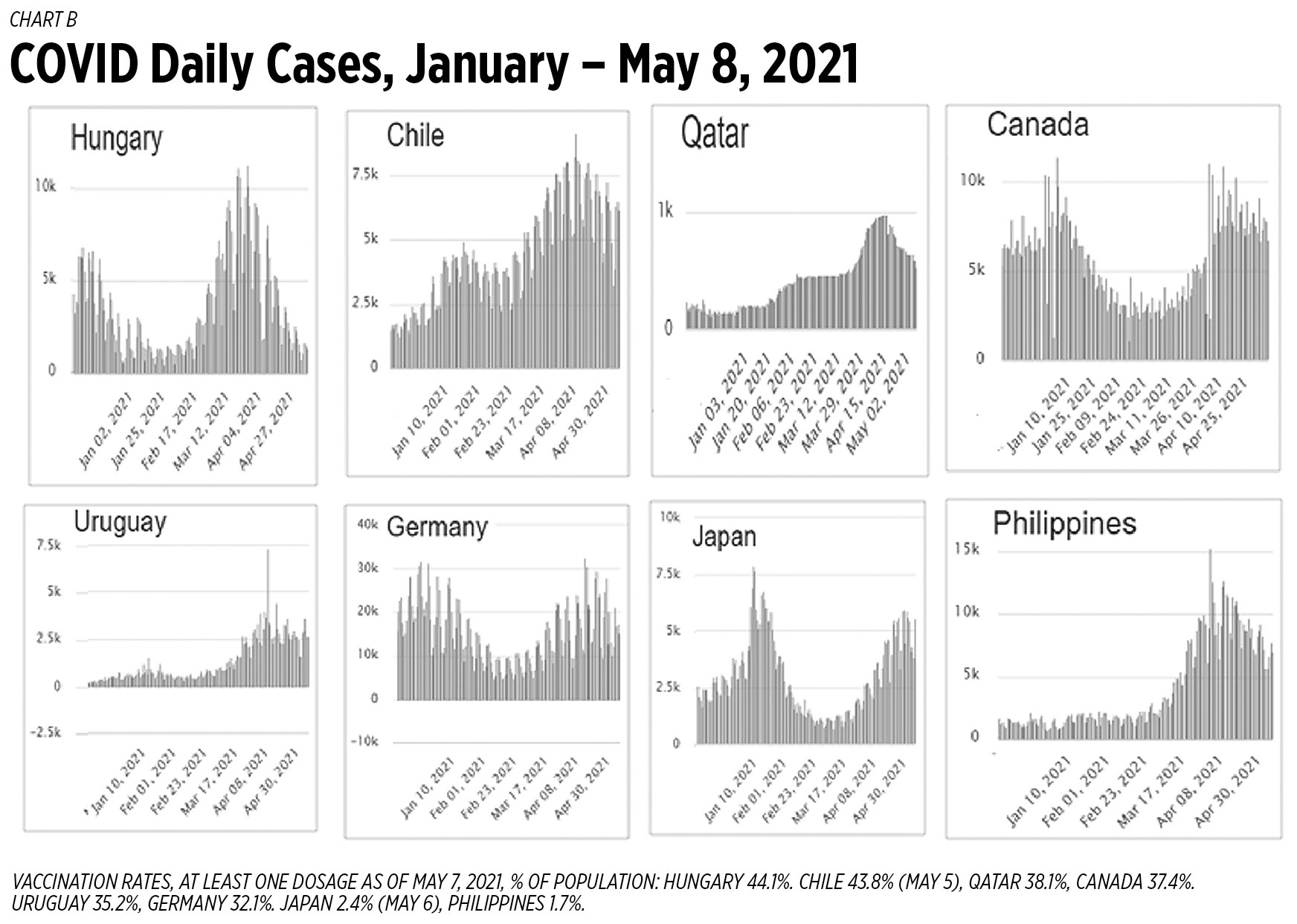CREATE: Questions left unanswered
Being in the public practice for almost seven years now, I can say that this years’ tax filing season has been one of the busiest and most dreadful. Due to the pandemic, government-imposed community quarantines, and the signing of the CREATE Law, it has indeed been a rollercoaster ride.
We may now heave a sigh of relief and think that the busy tax season is finally over, but the reality is, there are still issues hounding taxpayers and accountants. Some provisions of the Corporate Recovery and Tax Incentives for Enterprises (CREATE) Law remain unclear. Taxpayers are still baffled about the tax treatment that would apply on certain transactions, including the following:
VAT-EXEMPT THRESHOLD ON SALE OF REAL PROPERTY
The CREATE Law provided for the increase in the threshold of Value-Added Tax (VAT) exemption for residential dwellings to P4.2M. However, this was among the provisions vetoed by the President.
Because of the veto of this specific provision, we have to look at the original applicable provision. It can be recalled that under the Tax Reform for Acceleration and Inclusion or TRAIN Law, beginning Jan. 1, 2021, for sale of residential properties, only the sale of houses and lots and other residential dwellings with selling prices not exceeding P2 million were VAT-exempt. Three years thereafter, the P2 million VAT exemption threshold was to be adjusted using the Philippine Statistics Authority’s Consumer Price Index (CPI). The Bureau of Internal Revenue (BIR), in 2018, released Revenue Regulation 13-2018, which states that sale of houses and lots and other dwellings valued at P2.5 million reflect adjustments using the 2010 CPI values.
However, the BIR subsequently issued RR 04-2021 saying that the P2 million threshold must be adjusted using the 2010 Consumer Price Index values.
Now, the question is, what is really the adjusted amount of the VAT-exempt threshold on the sale of residential dwellings? What really is the amount based on the CPI values? Is the P2 million value based on the adjusted present value using the PSA’s published CPI applicable for the year 2021 or should it still be adjusted?
ZERO-RATED SALES TO PEZA ENTITIES
Under the CREATE Law, the VAT zero-rating on local purchases by registered business enterprises only applies to goods and services directly and exclusively used in registered projects or activities. These refer to raw materials, supplies, goods, services, and other expenditures necessary for the production and maintenance of good quality control of goods and completion of services for export, without which the registered project or activity cannot be carried out.
Considering this provision, sale of goods and services like messengerial, repairs, and advertising services performed for entities registered under the Philippine Economic Zone Authority which are not directly and exclusively used in the registered activity may no longer be qualified for VAT-zero rating.
However, under the Destination Principle, the transaction is taxed in the country where they are consumed or destined.
In 2016, the Supreme Court held that under the old rule, particularly in Section 23 of Republic Act No. 7916, the determination of whether sales to PEZA-registered entities are VAT-exempt depends on the type of fiscal incentives availed of by the enterprises. The old VAT rule for PEZA-registered enterprises was based on their choice of fiscal incentives, including: (1) if the PEZA-registered enterprise chose the 5% preferential tax on gross income, in lieu of all taxes, as provided by R.A. No. 7916, as amended, then it would be VAT-exempt; (2) if the PEZA-registered enterprise availed of the income tax holiday under Executive Order No. 226, as amended, it shall be subject to VAT. Such distinction was abolished by Revenue Memorandum Circular No. 74-99, which categorically declared that all sales of goods, properties, and services made by a VAT-registered supplier from the Customs Territory to an Ecozone enterprise shall be subject to VAT, at 0% rate, regardless of the latter’s type or class of PEZA registration, thus, affirming the nature of a PEZA-registered or an Ecozone enterprise as a VAT-exempt entity.
Further, Section 8 of R.A. 7916 provides that ecozones shall be operated and managed as a separate customs territory. Accordingly, the sales made by suppliers from a customs territory to a purchaser located within an Ecozone will be considered exports. Following the Philippine VAT system’s adherence to the Cross Border Doctrine and Destination Principle, the VAT implications are that “no VAT shall be imposed to form part of the cost of goods destined for consumption outside of the territorial border of the taxing authority.”
Now, how will the BIR align the CREATE Law and the Supreme Court’s decision? With the Destination Principle on hand and ecozones being considered separate customs territories, is it correct to say that sales of goods and services by local suppliers to registered enterprises located in the ecozones, even though not directly used in the registered product/activity, but are consumed within the ecozone, should be considered indirect export subject to 0% VAT?
We do hope that the BIR will soon clarify these matters. An issuance of the implementing rules and regulations and further clarification can help and enlighten concerned taxpayers in the preparation of their tax returns.
Many taxpayers are still struggling with the completion of their 2020 annual income tax returns and their required attachments. Good news is probably what they need.
Let’s Talk Tax is a weekly newspaper column of P&A Grant Thornton that aims to keep the public informed of various developments in taxation. This article is not intended to be a substitute for competent professional advice.
Junaleen M. Magno is a senior in charge from the Tax Advisory & Compliance division of P&A Grant Thornton, the Philippine member firm of Grant Thornton International Ltd.












![sport-1014015_1920-[Peggy-und-Marco-Lachmann-Anke-from-Pixabay-]](https://www.bworldonline.com/wp-content/uploads/2021/05/sport-1014015_1920-Peggy-und-Marco-Lachmann-Anke-from-Pixabay--640x427.jpg)
![vaccination-5958739_1280-[cromaconceptovisual-from-Pixabay]](https://www.bworldonline.com/wp-content/uploads/2021/05/vaccination-5958739_1280-cromaconceptovisual-from-Pixabay-640x427.jpg)
![income-tax-4097292_1920-[]](https://www.bworldonline.com/wp-content/uploads/2021/05/income-tax-4097292_1920--640x427.jpg)


